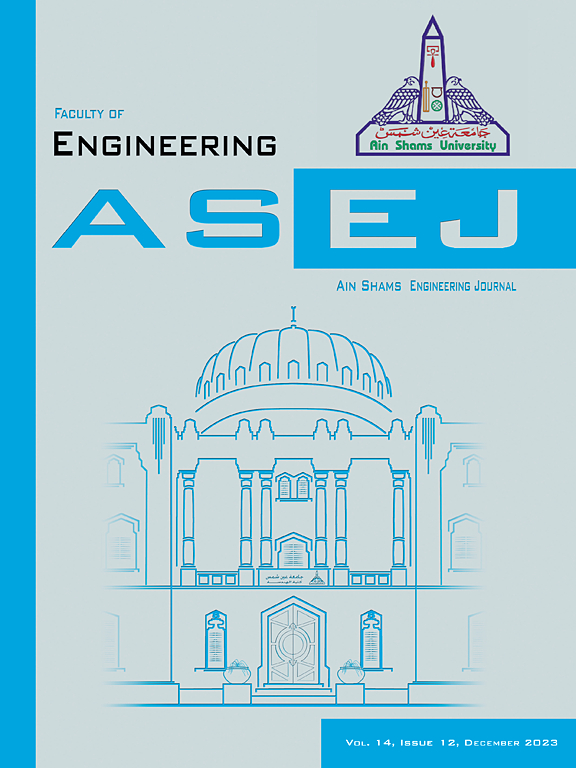Developing SPIM-TA: a maturity-level framework for systematic process improvement in software testing automation
IF 6
2区 工程技术
Q1 ENGINEERING, MULTIDISCIPLINARY
引用次数: 0
Abstract
The growing complexity and demands for high-quality software underlined the need for robust automated software testing frameworks. However, lack of skilled personnel, cost of testing automation, and maintenance of script along with others oppose the widespread adoption of automation in testing. The work proposed by this study is in line with the development of Systematic Process Improvement Model for Testing Automation, abbreviated as SPIM-TA. The model is inspired from Capability Maturity Model Integration (CMMI) and Software Outsourcing Vendor Readiness Model (SOVRM) maturity-level-based framework. The research was done based on a four-phased methodology. In the first phase, a systematic literature review identified 14 critical challenges in software testing automation with practices or solutions for each of these challenges. In the second round, a survey questionnaire is used to validate these findings in industrial context and extract more practical insights from case studies. This dual approach had ensured both academic rigor and the relevance of the practices with industry. The third one involved developing SPIM-TA by incorporating insights that come from the SLR and those results of the survey as well. The framework defines five maturity levels, systematically addressing the identified challenges and providing a structured pathway for organizations to enhance their automation processes. In the fourth phase, case studies of industrial applications were carried out to evaluate SPIM-TA’s efficiency. The applicability, scalability, and impact of the framework on testing automation in the real world were assessed using the Motorola Assessment Tool. The findings illustrate the systematic way SPIM-TA will help overcome the automation challenge, so that organizations can reach more advanced levels of maturity and efficiency in their testing processes. In the first place, the present study closes the gap between academia and industry but at the same time paves the foundation for future research into the automation of software testing.
开发SPIM-TA:在软件测试自动化中用于系统过程改进的成熟度级别框架
日益增长的复杂性和对高质量软件的需求强调了对健壮的自动化软件测试框架的需求。然而,缺乏熟练的人员、测试自动化的成本、脚本的维护以及其他因素阻碍了测试自动化的广泛采用。本研究提出的工作与测试自动化系统过程改进模型(简称SPIM-TA)的发展是一致的。该模型的灵感来自于能力成熟度模型集成(CMMI)和软件外包供应商准备模型(sorvrm)基于成熟度级别的框架。这项研究是根据四阶段方法进行的。在第一阶段,系统的文献回顾确定了软件测试自动化中的14个关键挑战,以及针对每个挑战的实践或解决方案。在第二轮中,使用调查问卷来验证这些发现在工业背景下,并从案例研究中提取更多的实际见解。这种双重方法既确保了学术上的严谨性,又确保了实践与工业界的相关性。第三个是通过结合来自单反相机和调查结果的见解来开发SPIM-TA。该框架定义了五个成熟度级别,系统地处理已确定的挑战,并为组织提供结构化的途径来增强其自动化过程。在第四阶段,进行了工业应用案例研究,以评估SPIM-TA的效率。使用摩托罗拉评估工具评估了该框架在现实世界中测试自动化的适用性、可扩展性和影响。这些发现说明了SPIM-TA将帮助克服自动化挑战的系统方法,这样组织就可以在测试过程中达到更高级的成熟度和效率。首先,目前的研究缩小了学术界和工业界之间的差距,同时也为未来软件测试自动化的研究奠定了基础。
本文章由计算机程序翻译,如有差异,请以英文原文为准。
求助全文
约1分钟内获得全文
求助全文
来源期刊

Ain Shams Engineering Journal
Engineering-General Engineering
CiteScore
10.80
自引率
13.30%
发文量
441
审稿时长
49 weeks
期刊介绍:
in Shams Engineering Journal is an international journal devoted to publication of peer reviewed original high-quality research papers and review papers in both traditional topics and those of emerging science and technology. Areas of both theoretical and fundamental interest as well as those concerning industrial applications, emerging instrumental techniques and those which have some practical application to an aspect of human endeavor, such as the preservation of the environment, health, waste disposal are welcome. The overall focus is on original and rigorous scientific research results which have generic significance.
Ain Shams Engineering Journal focuses upon aspects of mechanical engineering, electrical engineering, civil engineering, chemical engineering, petroleum engineering, environmental engineering, architectural and urban planning engineering. Papers in which knowledge from other disciplines is integrated with engineering are especially welcome like nanotechnology, material sciences, and computational methods as well as applied basic sciences: engineering mathematics, physics and chemistry.
 求助内容:
求助内容: 应助结果提醒方式:
应助结果提醒方式:


